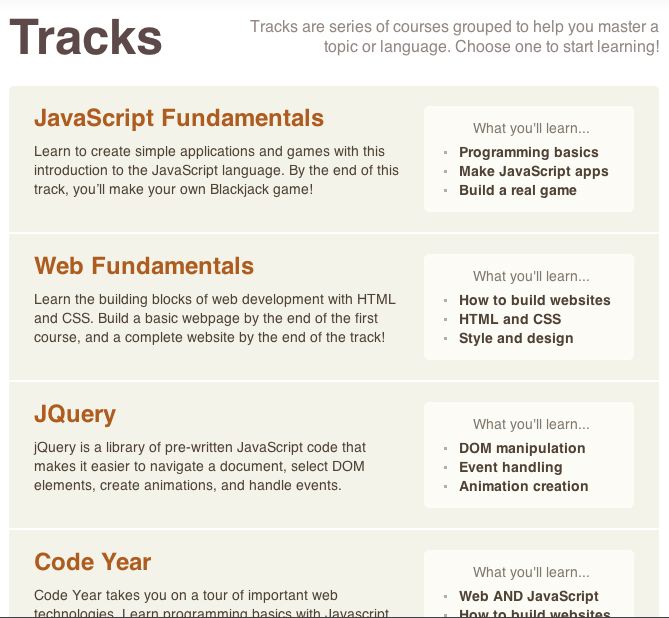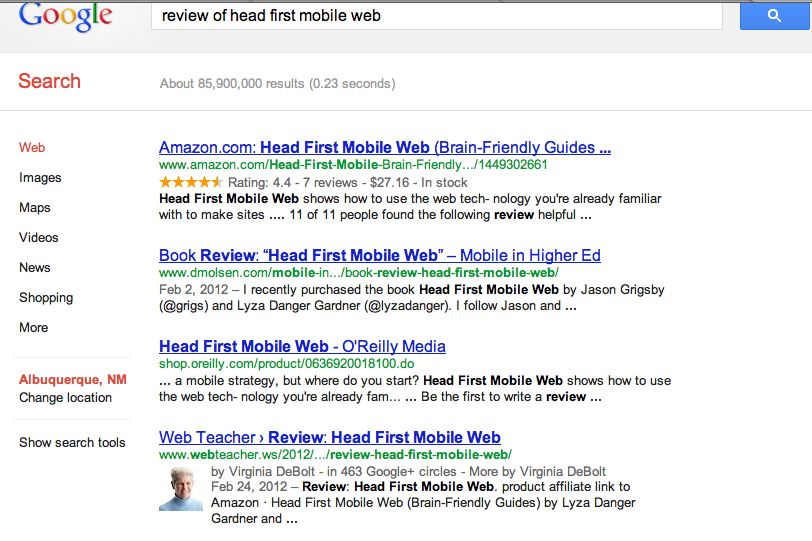What are the people who make games for you and your kids thinking about and talking about? One way to keep an eye on this is by watching The Games for Change Festival. The 9th annual festival took place June 18-20 in New York City.
This year’s festival included big name speakers and announcements of new games as well as the release of tools to enable you to create your own games. Topics ranged from the science behind what’s going on in your brain as you play to the appeal of the graphic interface in a game environment.
You can find some of the talks at Livestream/G4C if you’d like to catch up on events.
Highlights
Game-o-matic is a new game of interest to bloggers. Here’s the description:
Game-o-matic, a Knight News Challenge-funded collaboration between the Georgia Institute of Technology and the University of California at Santa Cruz, is a tool for generating journalistic games (or newsgames) through a simple “concept mapping” of relevant actors and their relationships.
A game called Dojo will help you regulate your own body’s function biofeedback style.
Deepak Chopra introduced Leela:
Leela is a Kinect and Wii retail game with the mission of connecting people to their own internal power to be happy. Extending the potential of gaming as a medium Leela offers and accesible meditative experience based in gameplay and traditional spiritual practices.
Many more games for learning, for health, for social change, and yes, even for marketing (you knew that would be there) were intoduced, discussed and demoed.
There were awards. Check the list of nominated games at 2012 Games for Change Awards nominees to see the type of games considered worthy by this group.
Prior to the event, Michelle Morrow interviewed Games for Change Co-President Michelle Byrd. It’s an interview worth reading. Here’s how Byrd described getting involved with G4C.
I had just stepped down from my position running a non-profit independent film organization. I wanted a change. I wanted to be involved in supporting media that was trying to make a difference in the world. Sometimes “Games for Change” related popped up in my Twitter feed. Whatever they were tweeting about intrigued me so I did some investigating. A couple of weeks later I was in Soho having lunch with one of the founders and learning about something that I had no idea about – the intersection of games and social change. By the time she started telling me that the organization was developing a game based on a book I was obsessed with at the time – Nick Kristof and Sheryl WuDunn’s Half the Sky – I was hooked. I met Asi Burak, a game developer, and a couple of months later we had an opportunity to team up and put ourselves forward as a new leadership team to run the organization as Co-Presidents. Kind of crazy how organic the whole transition has been.
Later in the interview she was asked what was most exciting about this year’s event. Her answer reflects the reason that all of us should be interested in what game developers are doing.
Convergence.The best and most unique feature is the sheer convergence of ideas, people, causes, passions.It’s a committed crowd coming from numerous disciplines – game designers, developers, publishers, cause owners, academics, non-profits and NGOs. It’s the convergence of worlds which don’t necessarily interact in a daily on-going basis.
Twitter Talk
Since the festival is in progress as I write this, Twitter is the best way to give you a sense of the conversation there. Here’s a sampling of tweets.
Jane’s keynote at #G4C12 #superbetter twitter.com/SuperBetter/st…
— SuperBetter (@SuperBetter) June 19, 2012
Keynote speaker Jane McGonigal made Twitter go crazy when she announced that her company Gameful will being official work with Games for Change.

Jane McGonigal by Official GDC via photo pin cc
“@G4C: You heard it here first. Gameful will be merging with @G4C to join forces, “like the Avengers” says @AvantGame. ~JL #G4C12”
— Jane McGonigal (@avantgame) June 19, 2012
McGonigal keynote: games foster emotional resilience.#g4c12 @avantgame
— Navlys (@Navlys) June 19, 2012
McGonigal promised to increase the life of everyone in the room by about 7 minutes, which prompted this tweet to the science behind her statement. For those of you who are skeptical about the value of games, this is the tweet to click through.
Check out showmethescience.com for the research behind Jane McGonigal’s talk about how games change lives at#g4c12@avantgame…
— Games for Change (@G4C) June 19, 2012
Jane McGonigal: “Games take us from the pursuit of happiness to the happiness of pursuit.” #g4c12
— Spark Media (@SparkFeed) June 19, 2012
Dojo – biofeedback game to help youth control emotions. Must master physical body to win game. So well done! #G4C12
— Kellie Kreiser (@KellieK) June 19, 2012
@idit: Playing and making games are two faces of one literacy, just like reading/ writing. Calls for all kids to make games #G4C12
— Betty Ray (@EdutopiaBetty) June 19, 2012
RT @Half #G4C12 @aburak announces that @Half the Sky will be launching not only a Facebook game, but games for smart and feature phones too.
— Lisa Witter (@lisamwitter) June 19, 2012
We are used to designing virally digital games, but you need to also apply this thinking to physical space games!G4c12
— Oonagh Murphy (@OonaghTweets) June 19, 2012
Constance Steinkuehler Squire kicking off #G4C12 and intro’ing @jesseschell twitter.com/G4C/status/214…
— Games for Change (@G4C) June 18, 2012
This is a fantastic game for Tweens and Teens…but, my dear followers, you will love it too: wondermind.tate.org.uk #g4c12
— Ryan Lessard (@ryanlessard) June 19, 2012
James Paul Gee’s talk @G4C was inspiring! Games are art. Watch it here: ow.ly/bHS9k @MoMATalks #G4C12 #momacriticalplay
— Sheetal Prajapati (@sdp80) June 20, 2012
sooo then Portal can just have any kind of content like art or historical content..click or point and open a portal of learning? #g4c12
— Paige Dansinger (@museumpaige) June 20, 2012
The conversation is ongoing through June 20 on Twitter using #G4C12 as the identifier.
More To Explore
- 4 Lessons on Building Games for Change
- Notes from Jesse Schell’s What Games Are Good At (Games for Change Festival) and another set of notes about Jesse Schell’s talk called 7/11
- Games for Change Festival Highlights and Favorite Quotes
- Teach with Portals
Note: Cross-posted at BlogHer.


